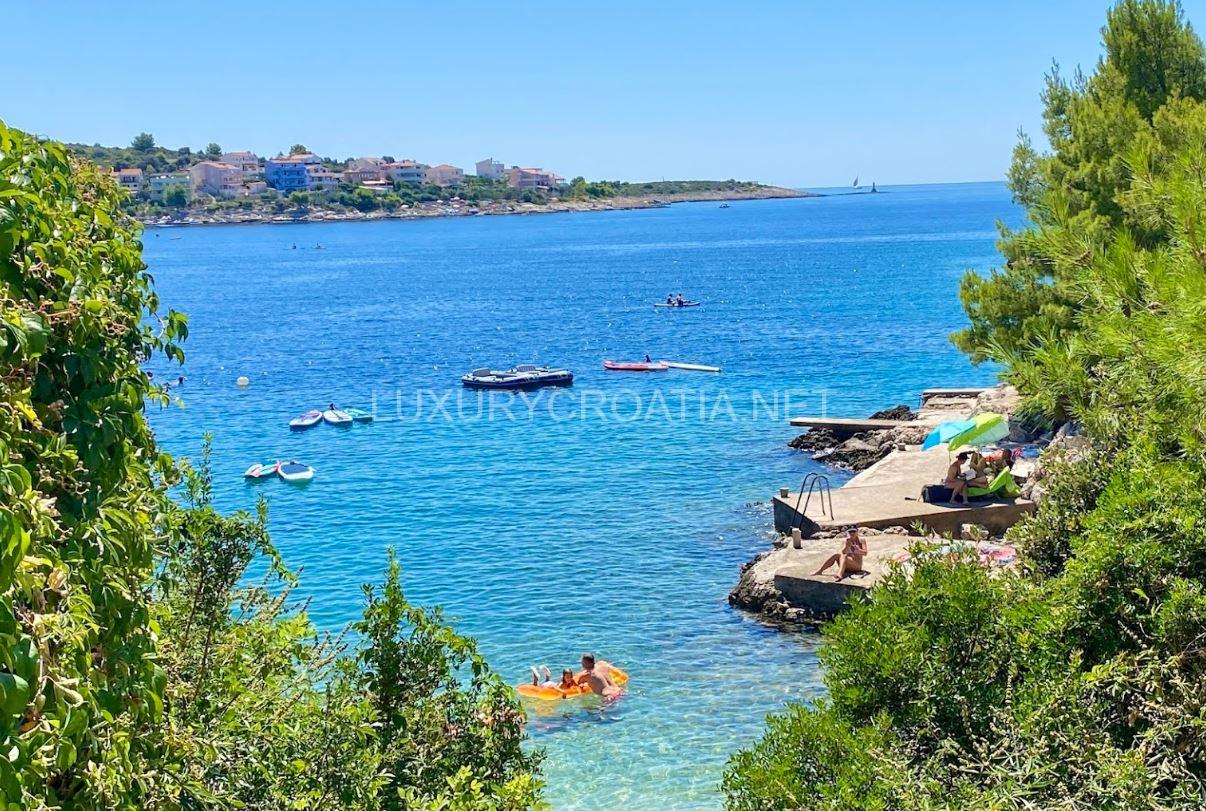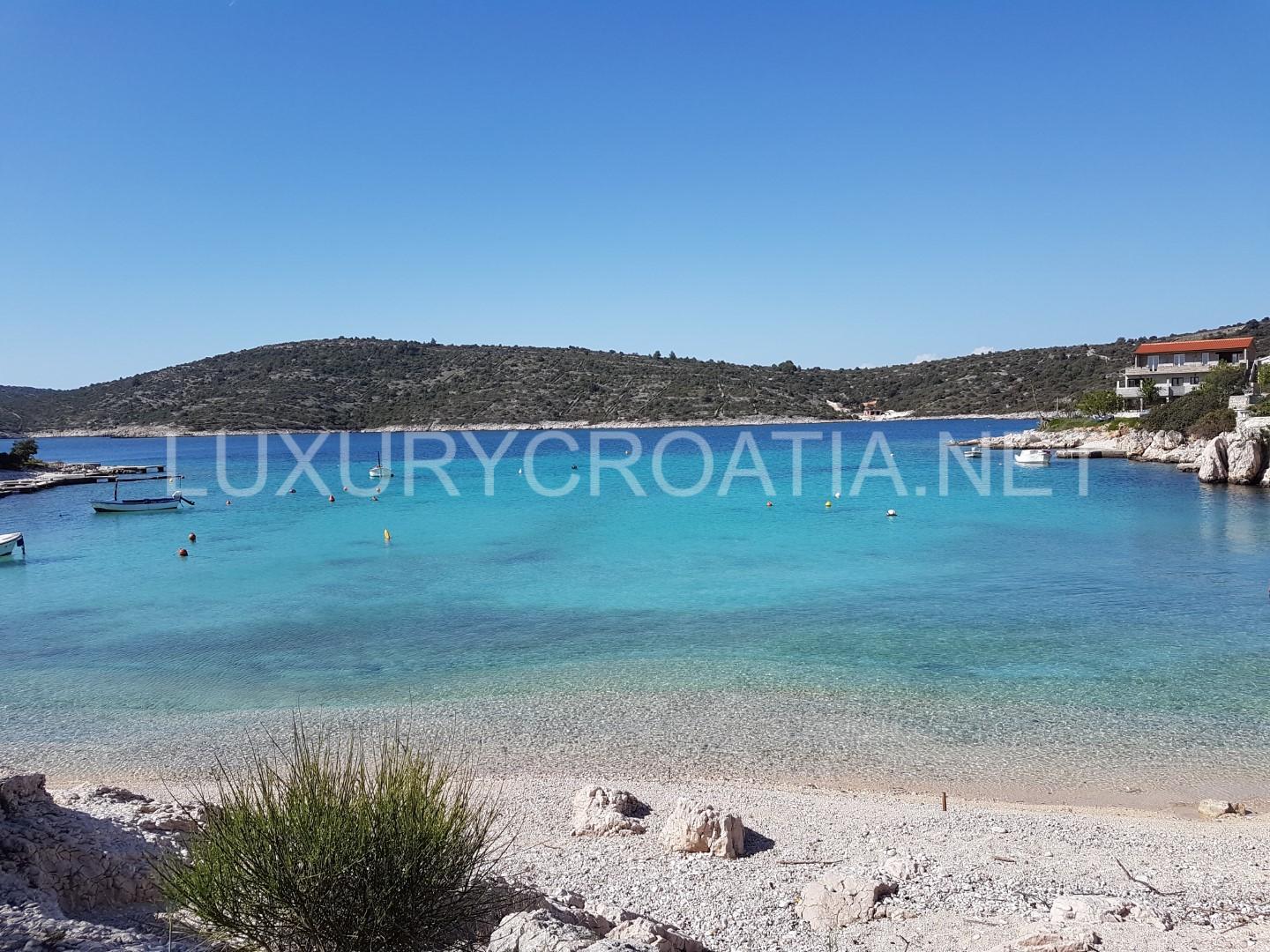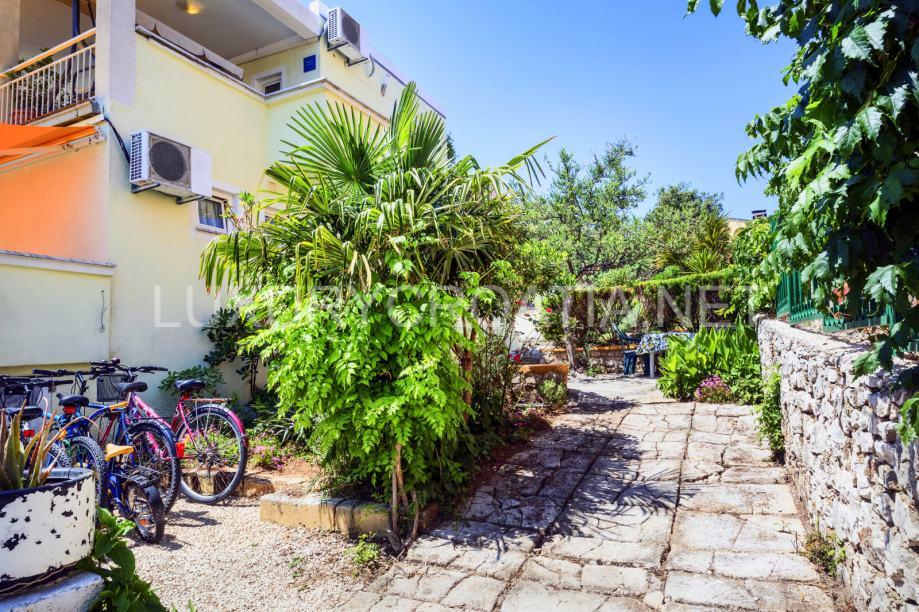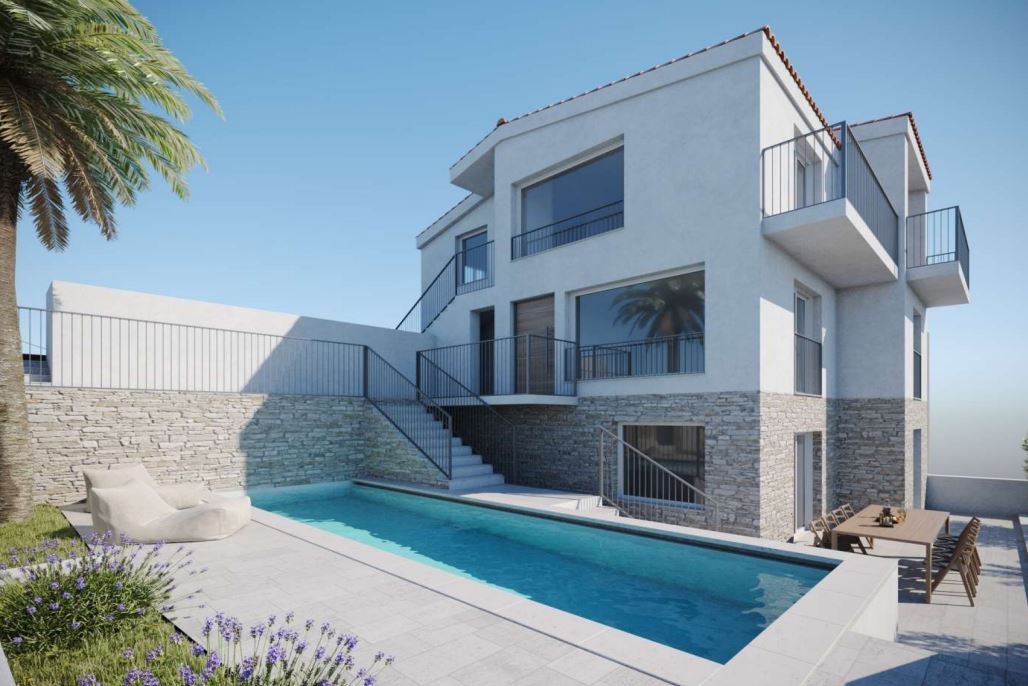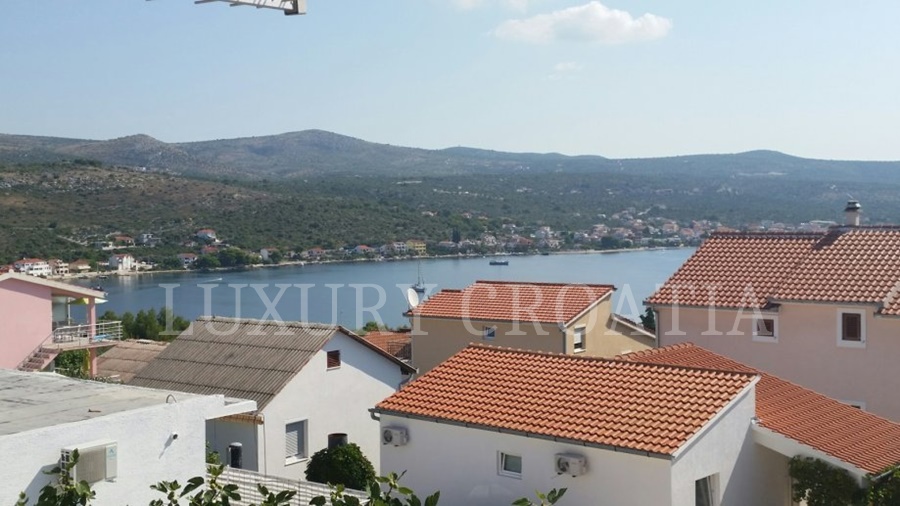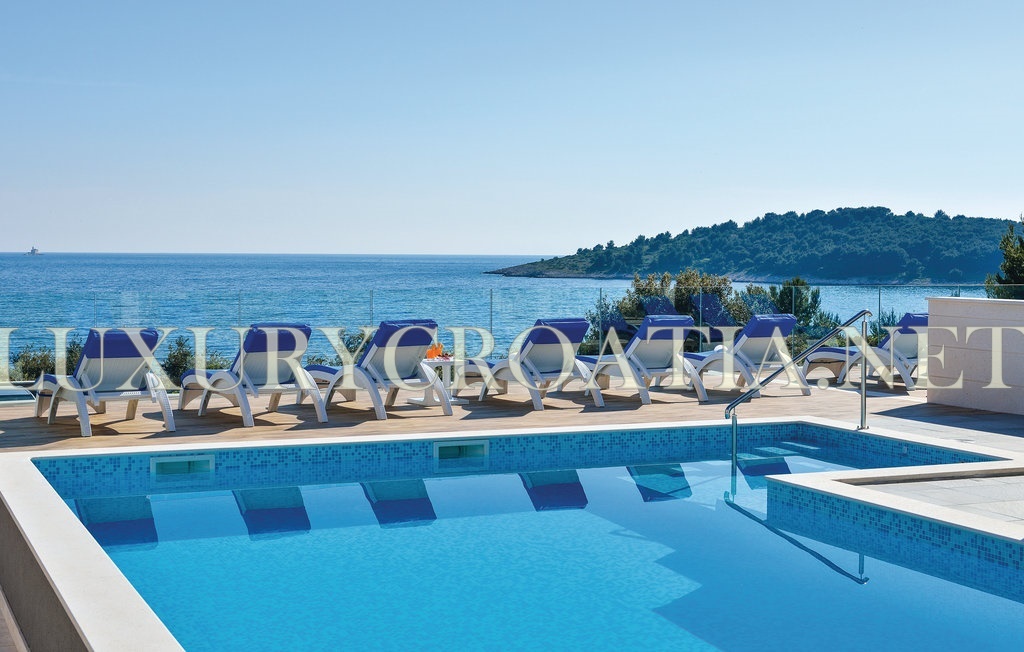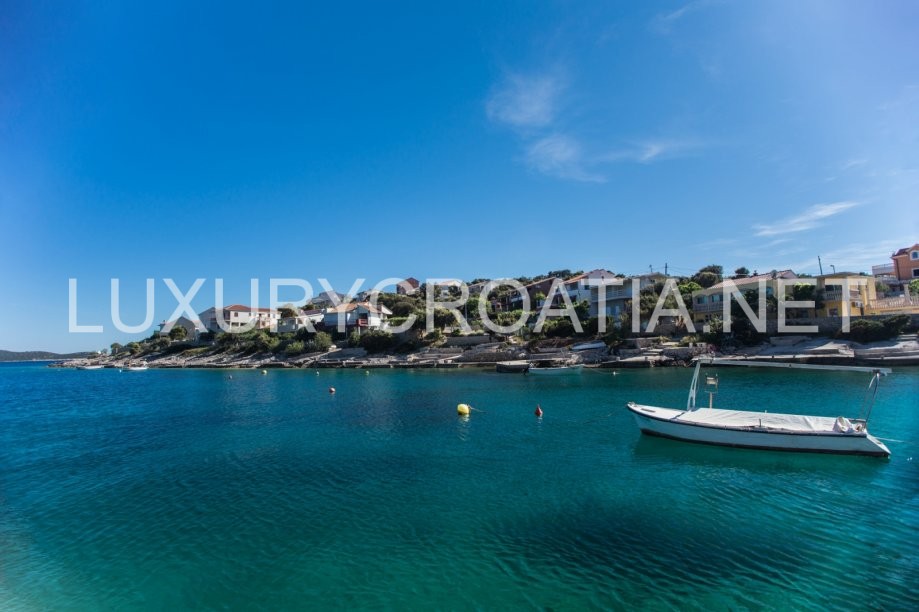SOLD: First row to the sea, house for sale, Rogoznica, Sibenik
-
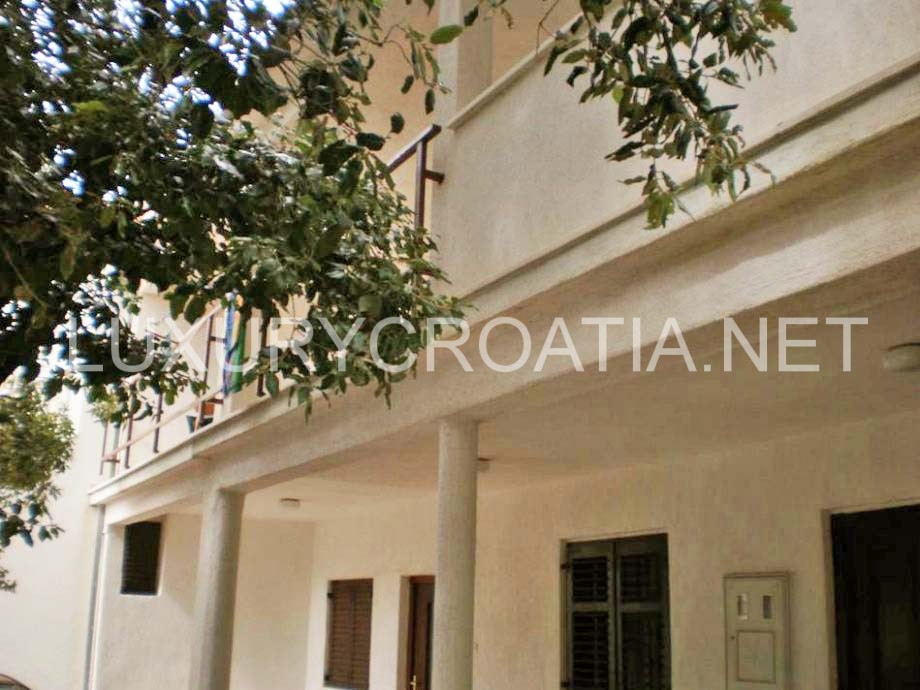 click on image to enlarge First row to the sea, house for sale, Rogoznica, Sibenik (6)
click on image to enlarge First row to the sea, house for sale, Rogoznica, Sibenik (6)
-
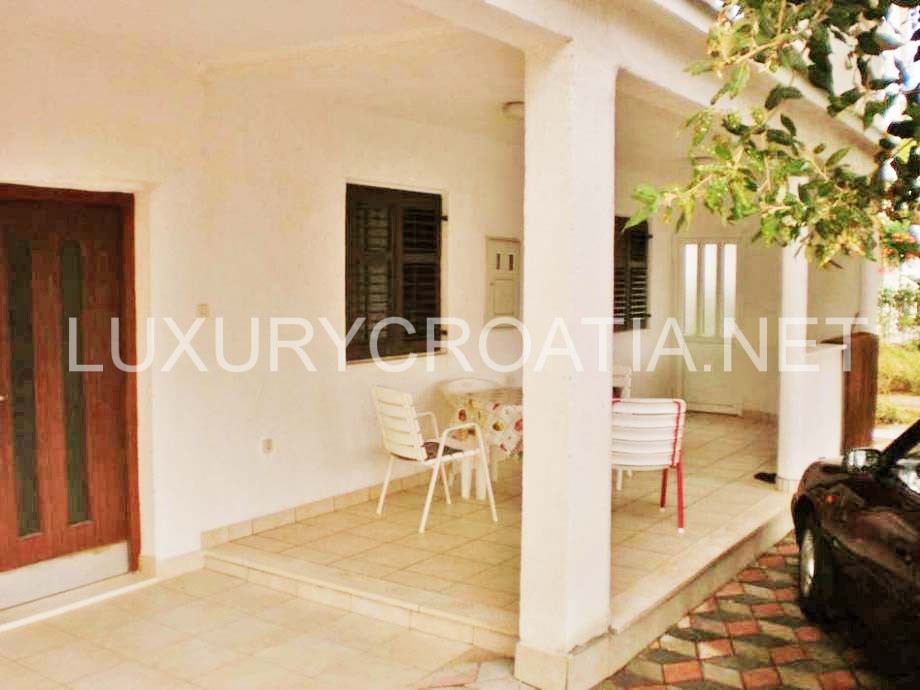 click on image to enlarge First row to the sea, house for sale, Rogoznica, Sibenik (4)
click on image to enlarge First row to the sea, house for sale, Rogoznica, Sibenik (4)
-
 click on image to enlarge First row to the sea, house for sale, Rogoznica, Sibenik (3)
click on image to enlarge First row to the sea, house for sale, Rogoznica, Sibenik (3)
Property Details:
- Categories: House, SOLD
- Square meters: 150
- Features: 3% Agency Commission
- Amenities: 1st Row to the Sea
About this Property:
(H-PR-ROG)
First row to the sea, house for sale, Rogoznica, Sibenik
House with 4 apartments on two floors. On each floor there is one two bedroom apartment and one bedroom apartment. One bedroom apartment in ground floor is unfurnished, and can be converted into a garage for car. The other three suites are fully decorated, furnished and equipped. Located in the seafront, opposite the marina Frapa. Price on request. 2 parking places.
Šibenik (Croatian pronunciation: [ˈʃi̩benik]; Italian: Sebenico) is a historic town in Croatia, with population of 51,553 (2001). It is located in central Dalmatia where the river Krka flows into the Adriatic Sea. Šibenik is a political, educational, transport, industrial and tourist center of Šibenik-Knin county
sibenik_cathedral Sibenik
Šibenik, a gem in the Croatian Adriatic, is situated along the mouth of Krka on the most picturesque part of the eastern Adriatic coast. As the oldest Croatian autochtonous town it was first mentioned in 1066 during the reign of the Croatian King Kresimir IV.
The rich cultural and historical heritage of the city is visible in the impressive Cathedral of sv. Jakov [St. Jacob], built by the famous architect Juraj Dalmatinac and is under UNESCO protection. Numerous churches, monasteries, palaces and four fortresses ‘frame’ the city, and also testify to the perseverance, renunciation and faith of generations of people of Šibenik. Šibenik is a city of culture, the host to the only International Children’s Festival as well as traditional events such as Dalmatian chanson Evenings.
Near the town there are two national parks – Krka and Kornati whose fascinating landscapes take visitors breath away.
The Falcon Centre, only eight kilometres away from Šibenik, in a beautiful dense pine forest is a unique place where visitors can meet and learn about the life of falcons, and Etnoland Dalmati near the Krka National Park offers visitors the chance to learn through real life experience about the Dalmatian hinterland’s past.
Unlike other cities along the Adriatic coast, which were established by Greeks, Illyrians and Romans, Šibenik was founded by Slavs.[2] Excavations of the castle of Saint Michael, have since proven that the place was inhabited long before the actual arrival of the Croats. It was mentioned for the first time under its present name in 1066 in a Charter of the Croatian King Petar Krešimir IV[2] and, for a period of time, it was a seat of this Croatian King. For that reason, Šibenik is also called “Krešimirov grad” (Krešimir’s city). It is the oldest native Croatian town on the eastern shores of the Adriatic.
Between the 11th and 12th centuries, Šibenik was tossed back and forth among Venice, Bizantium, Hungary and the Kingdom of Bosnia, until it was finally conquered by Venice in 1116.[3] The city was given the status of town, and its own diocese, only in 1298.
The city, like the rest of Dalmatia, resisted the Venetians after a three-year fight up to 1412. The Ottoman Empire started to threaten Šibenik, as part of their struggle against Venice, at the end of the 15th century,[3] but they never succeeded in conquering it. In the 16th century, St. Nicholas Fortress was built and, by the 17th century, its fortifications were improved again by the fortresses of St. John (Tanaja) and Šubićevac (Barone).
The fall of the Venetian Republic in 1797 brought Šibenik under the authority of the Habsburg Monarchy.
Today Sibenik is one of regional centers of North Dalmatia, developing as turist destination with a lot historical spots to explore.
The famed cannons on the Šibenik quay are firing once again, their barrels smoking this time not in anger, defending the city from an enemy at sea, but as a part of the Fair in the Medieval Šibenik. It is an event that takes place through the streets and squares of the old town by way of which the locals demonstrate the wealth of their city’s cultural and historical heritage. The Fair programmes offer a unique presentation of life, work and gastronomic achievements in the times when Šibenik was the largest city in Croatia. Special attention is therefore paid to the features of the traditional culture and old craft production of Šibenik. Numerous local and visiting actors tell stories of the medieval Šibenik, harmony- singing groups and dancing troupes accompany the strollers dressed in traditional costumes and uniforms while jugglers, fanfare, archers and knights lark around to recreate the atmosphere of the fairs of those times.

